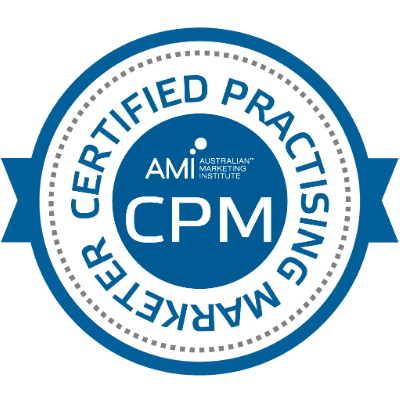Establishing a strong online presence for your brand is an essential practice when it comes to your company’s long-term success. Part of this obligation involves having a full understanding of current SEO developments.
To elaborate, Google is making a significant change in 2021 through its ‘Core Vitals’ update, but not every entrepreneur knows all that they need to about it.
Not quite sure how to begin? We’ve got all the info you need to keep in mind.
Let’s explore everything you should know.
What Exactly Are ‘Core Vitals?’
Core Vitals are factors that help determine the typical user experience that someone has on a particular website. More specifically, these ranking factors will be used to figure out how useful a page is, how enjoyable a particular website is to use, etc.
So, these aren’t your traditional ranking factors like keywords or meta tags.
There Are Three Primary Signals
Core Vitals is comprised of three primary signals that will be used to help calculate rankings. They’re also general enough to apply to virtually everywhere website, meaning that all of Google’s search results are going to be affected.
Let’s briefly explore each and the impact they’ll have.
LCP (Largest Contentful Paint)
This term is a rather complicated way of describing how long it takes a page to load. More specifically, it refers to how long it takes for the largest piece of content to load fully.
This could be an image, text, or video, and it could also be on a mobile page or desktop page. As you might expect, content that loads more slowly will likely rank lower.
FID (First Input Delay)
This metric is similar to the one above, but FID directly measures how long it takes for the page to respond to a specific action.
In terms of optimising your ranking on Google, you’ll want your page to respond as quickly as possible when the user clicks on something.
Pages that have ‘slow’ response times by Google’s standards (even if these response times are relatively fast to the average user) will need to do what they can to improve them in order avoid having their ranking suffer.
CLS (Cumulative Layout Shift)
CLS aims to determine how quickly it takes a web page to become stable. The term ‘stable’ here references a page that has its layout fully loaded properly.
A common example of an unstable layout would be a website that appears as if it’s ready for the user to interact with but then suddenly shifts as extra content is loaded. This can easily lead to a poor user experience and result in lowered rankings.
It Can Seem Complicated to Understand These SEO Developments
But the above information will make the process far smoother.
From here, you’ll be able to ensure that you are able to properly accommodate Google’s SEO developments in the future and leverage them to help you grow your brand.
Want to learn more about what we have to offer? Feel free to reach out to us today and see how we can help.







